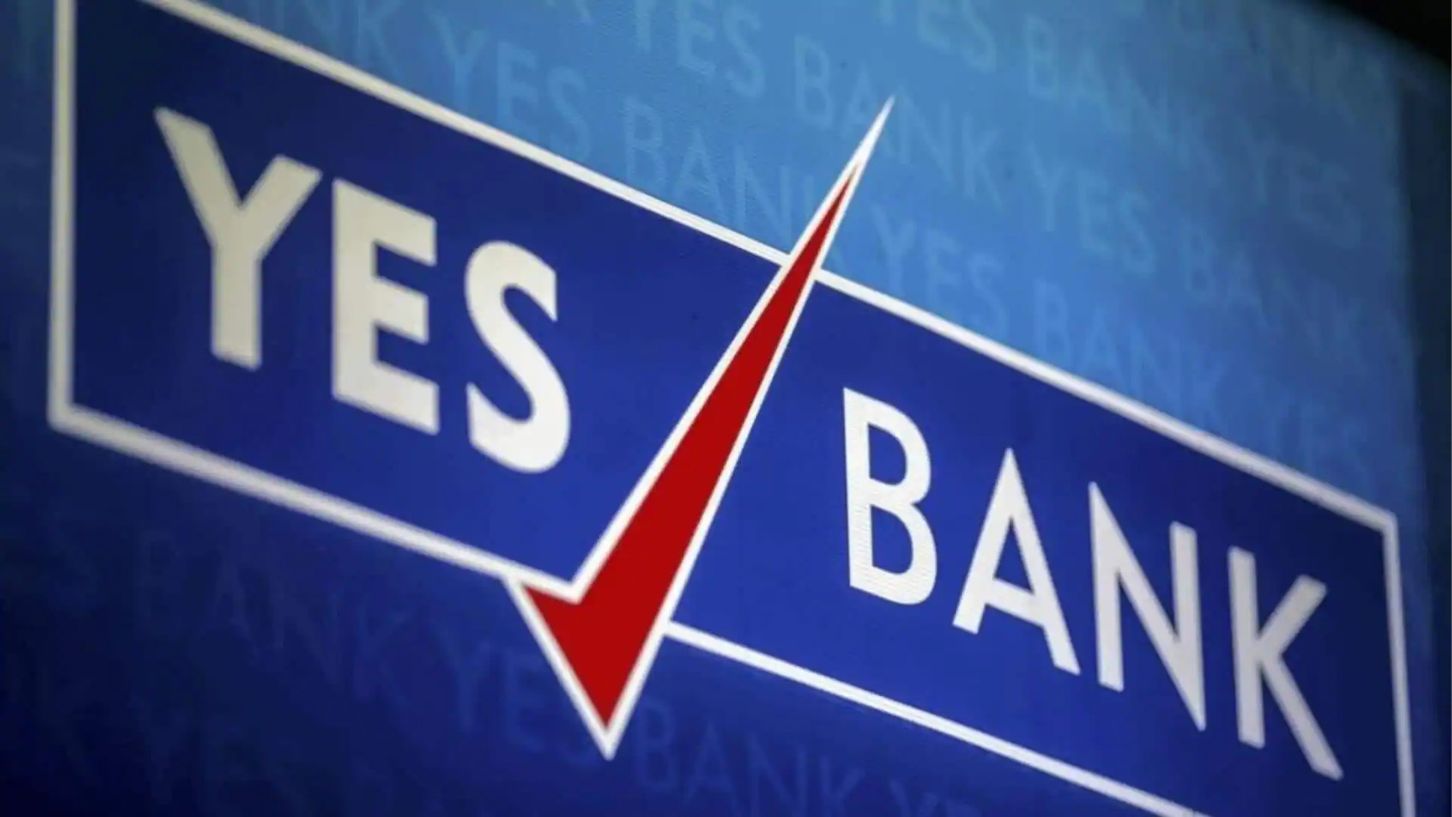Many investors woke up recently to the news: YES Bank shares surged 8% to hit a 52-week high. What caused this rally, and what lessons can we learn from it?
What triggered the YES Bank shares surge 8% to hit a 52-week high?
When a bank’s stock jumps strongly and reaches its highest level in a year, there are usually some underlying triggers. In YES Bank’s case, a few key factors aligned:
First, a major Japanese financial group — Sumitomo Mitsui Banking Corporation (SMBC) — acquired a substantial stake in YES Bank. This kind of move by a reputed foreign investor signals confidence. It’s like when a respected person says, “I believe in this idea,” and others take notice.
Second, investors are expecting strong quarterly results for Q2 FY26. The bank has already shown good performance in recent quarters: its loans and advances rose quarter-on-quarter, and deposits grew year-on-year. When these numbers are positive, they boost investor confidence.
Third, market momentum and technical indicators are supporting further upside. For example, YES Bank is trading above various moving averages (5-day to 200-day), and indicators like MACD and RSI suggest bullishness.
To give an example you might relate to: imagine a small local café. If a famous restaurant chain decides to invest in that café, people will think the cafe must have something good going on. Then customers rush in. Similarly, when a big institution backs a stock, other investors tend to follow.
Also, when your last month’s sales were strong and your yearly growth is solid, customers feel more confident about your business. That’s like how investors view a bank with growing loans and deposits.
So, these three forces — big stakeholder confidence, expected strong results, and technical strength — joined hands to push YES Bank’s shares higher.
Why this matters: lessons for investors
This surge is not just a one-day headline. It provides some useful lessons:
-
Outside backing gives credibility. When a respected institution invests, many retail investors see it as a validation. But one must still dig deeper — just because someone invests doesn’t automatically mean guaranteed success.
-
Expectations matter. Stock movements often price in expectations, not just current performance. Here, investors are banking (no pun intended) on forthcoming results. If results disappoint, the stock might reverse.
-
Technical trends amplify moves. Stocks often follow patterns. When many traders see that a stock has broken above key averages, more buying flows in, pushing price further. But that also raises risk — if it becomes “overbought,” a correction can follow.
-
Volume is a confirmation. In YES Bank’s case, trading volume spiked significantly (tens of crores of shares exchanged), showing strong interest. A price rise without volume is weaker; a price rise with volume is more meaningful.
To draw another analogy: imagine a small startup. If a famous tech company partners with it, people start believing in its product. But if the product later fails, that goodwill can vanish. So backing helps, but fundamentals must deliver.
Should you jump in now?
It’s tempting to see a rising stock and rush in. But careful thinking is needed.
If you already hold YES Bank shares, this rally gives you a chance to reassess. You could take partial profits or hold if you believe the bank can deliver stronger numbers ahead.
If you don’t hold it yet, observe how the Q2 results shape up. If they beat expectations and growth is sustainable, it might be a valid opportunity. But don’t forget risk: markets tend to reverse the fast-rising stocks when sentiment changes.
Another practical tip: compare this with other bank stocks. If multiple banks rally together, it reflects sector strength (e.g. better interest rate scenario, improved macro conditions). But if just one bank is rising independently, you should dig into its unique story.
YES Bank shares surge 8% to hit a 52-week high is more than just a catchy headline. It reflects confidence from a major foreign investor, positive expectations about upcoming results, and powerful technical momentum. But for you as an investor or follower, the real lesson is: don’t follow blindly. Validate the fundamentals, watch results, and manage risk.



